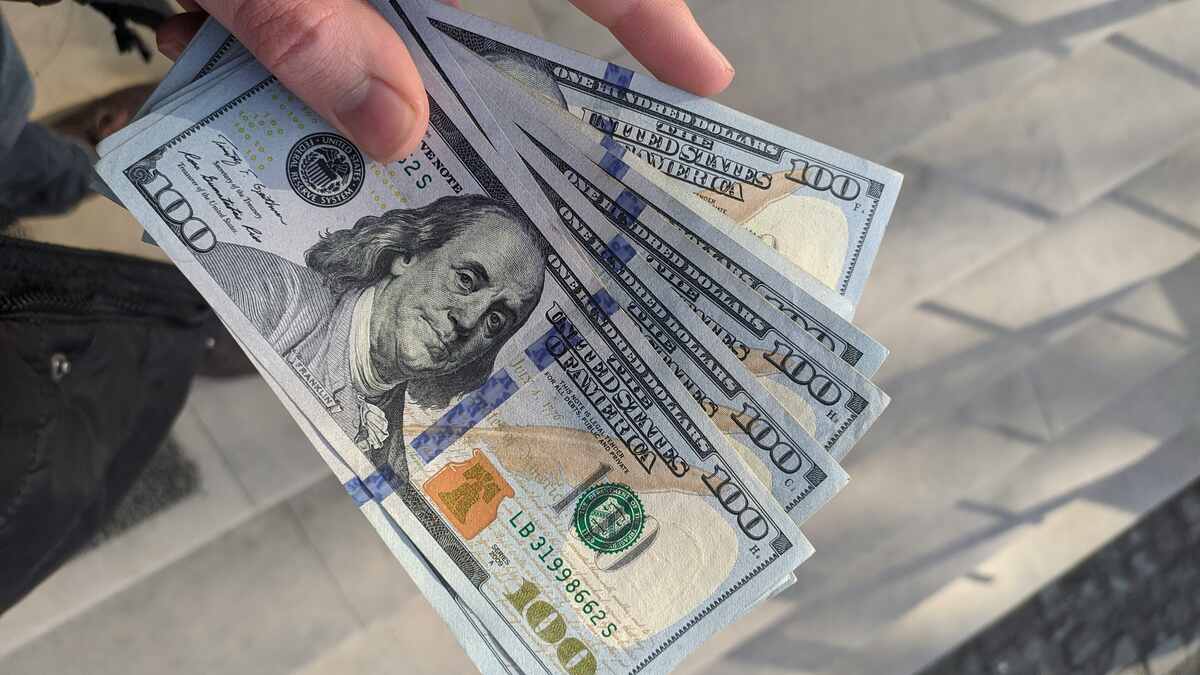The Basics of Foreign Currency Trading
The foreign exchange market is one of the largest and most liquid financial markets worldwide. Participants include central banks, commercial companies, and individuals trading to mitigate currency risk or speculate on future price movements. The actual Interesting Info about forex robot.
Currencies are traded in pairs, the most frequently being USD/CAD, EUR/USD and JPY/USD. Other popular pairs include AUD/USD, GBP/USD, and NZD/USD.
Traders
Traders are individuals who buy and sell currencies on the foreign exchange market, which operates 24 hours a day, five and a half days a week. Trading involves pairing two currencies to determine which will gain or lose value, then purchasing or selling pairs as soon as they change value – this type of trading is generally carried out by large traders, though retail investors can participate by doing adequate research and using leverage to increase their returns.
Traders can select from various trading strategies, including technical analysis and fundamental analysis. While the former tends to favor short-term traders such as speculators, fundamental analysis helps identify trends. Many traders also utilize indicators as predictors of price movements.
Traders can work as part of a larger financial firm or commercial bank, earning either a fixed salary or performance bonuses. Others are self-employed and charge commission for every transaction they execute – they trade the forex market using various platforms such as online portals and mobile apps; selecting an ideal broker requires careful consideration; paying attention to feedback from previous traders is particularly useful in finding trustworthy ones.
Central banks
Central banks’ currency trading activities often revolve around swaps – or spot sales of domestic currency to the central bank in exchange for forward exchange rate contracts – often used as a means of manipulating their foreign exchange rates or providing liquidity during financial crises. Such swaps may take place either anonymously in the market or directly between private parties.
Central banks play an integral part in managing not only money supply and inflation, but also managing currency value. They do this by either decreasing or increasing foreign reserve holdings; additionally, they use foreign exchange markets to manage international investments which have major ramifications on global economies.
The foreign exchange market is one of the world’s largest and most liquid financial markets, boasting daily transactions totaling more than $6.6 trillion. It is comprised of commercial banks, investment banks, central banks, hedge funds, and high net-worth individuals all trading together on this global marketplace. They focus their activities speculating on future directions for specific currencies which often depend on central bank activities – for instance, the Federal Reserve is one such example where traders closely watch its Open Market Committee decisions as this influences speculation on currency movements.
Commercial companies
Non-bank foreign exchange companies (often referred to as forex brokers) provide currency exchange and international payment services for private individuals and businesses alike. Unlike banks, non-bank forex firms do not engage in speculative trading – instead using electronic trading platforms to facilitate trade execution venues for customers and provide analytical tools as well as market insight. They generally charge lower commission rates than traditional financial brokers.
Commercial companies can protect themselves from foreign exchange rate fluctuations by purchasing or selling currencies in the forward and swap markets. Such transactions can help to minimize losses caused by misvaluations and increase profits if undervaluation occurs. Forward and swap traders typically spend most of their time at their computers or phones trying to identify valuation differences quickly enough to exploit valuation differentials quickly enough before their competitors do; the work can be challenging and confidence is a must in new traders.
Currency trading takes place worldwide, 24 hours a day, over-the-counter (OTC). This form of currency trading is overseen by banks and financial institutions globally and contracts that specify an amount of one currency will be purchased with another are used instead of physical form being exchanged as in stock market trading. Currency pairs are always quoted together while exchange rates are stated as percentages relative to one another.
Hedging
Hedging is a common strategy employed by forex traders to limit potential losses. Simply put, this involves taking a derivative position against one of the trading currencies that you expect will decline in value by selling or shorting a pair. Doing this reduces exposure and protects long-term profits – however, this approach may not always be cost-effective and you should be wary of its associated risks.
There are various strategies available to manage foreign exchange risk, from matching inflows with outflows (natural hedge), building protection into commercial contracts, or taking out financial instruments such as forward contracts – agreements to buy or sell currencies at specified prices on future dates for either one day, several days, months or even years – as the primary method.
Hedging is also used to protect against sudden changes in prices that might occur during a country crisis, helping businesses lessen the impact on sales and profit margins while making raising capital easier. Furthermore, it improves a company’s ability to attract debt holders as well as expand into new markets with confidence.


